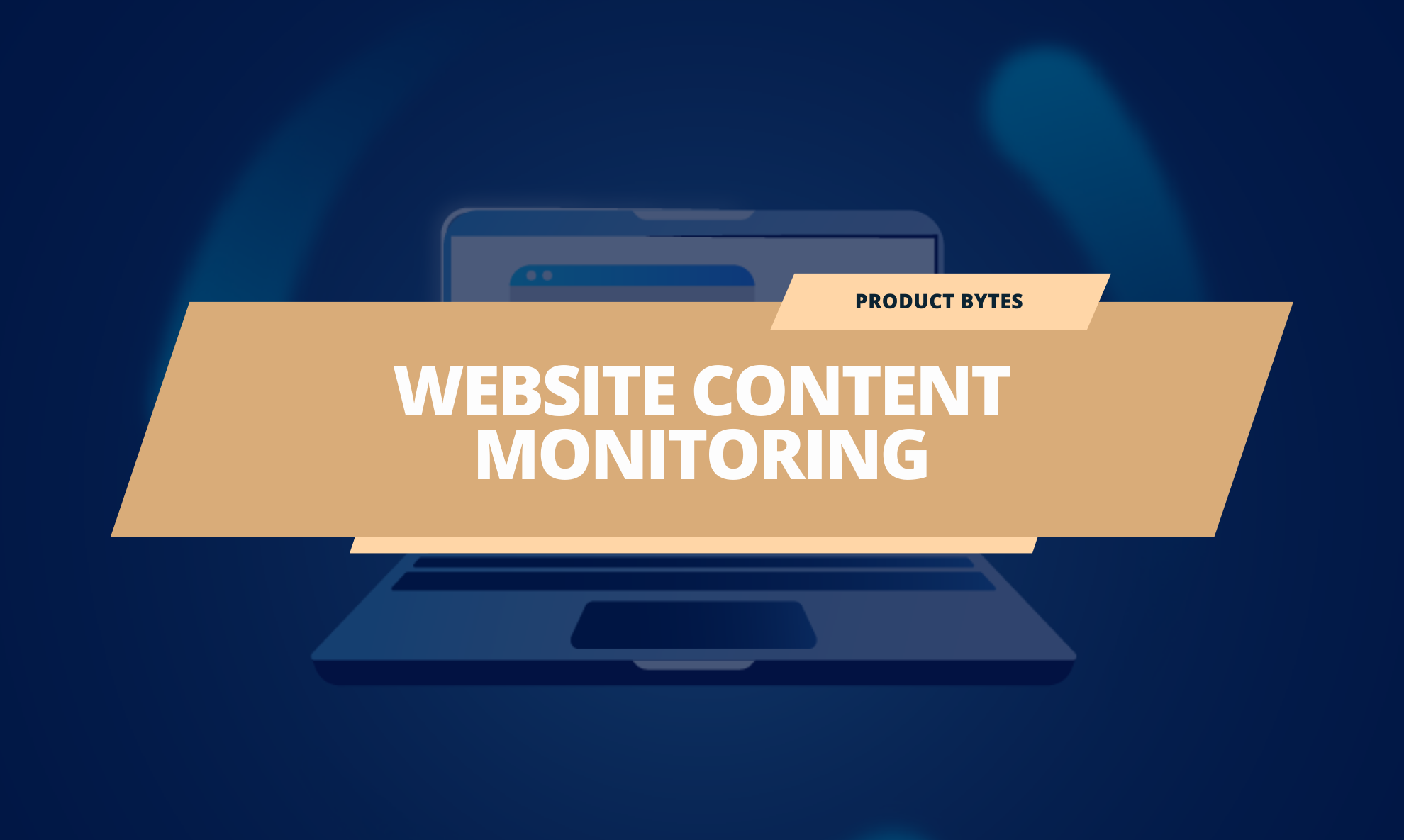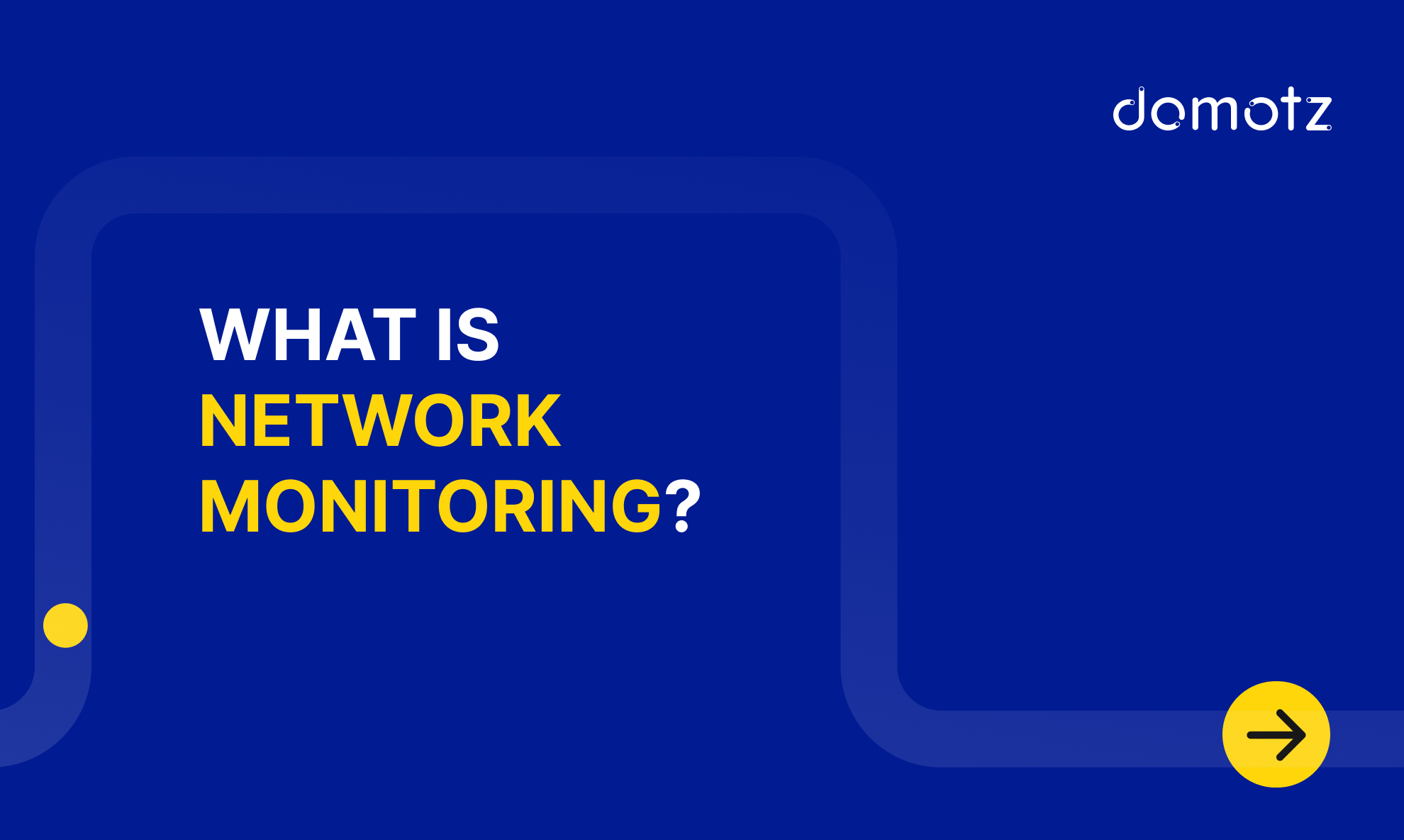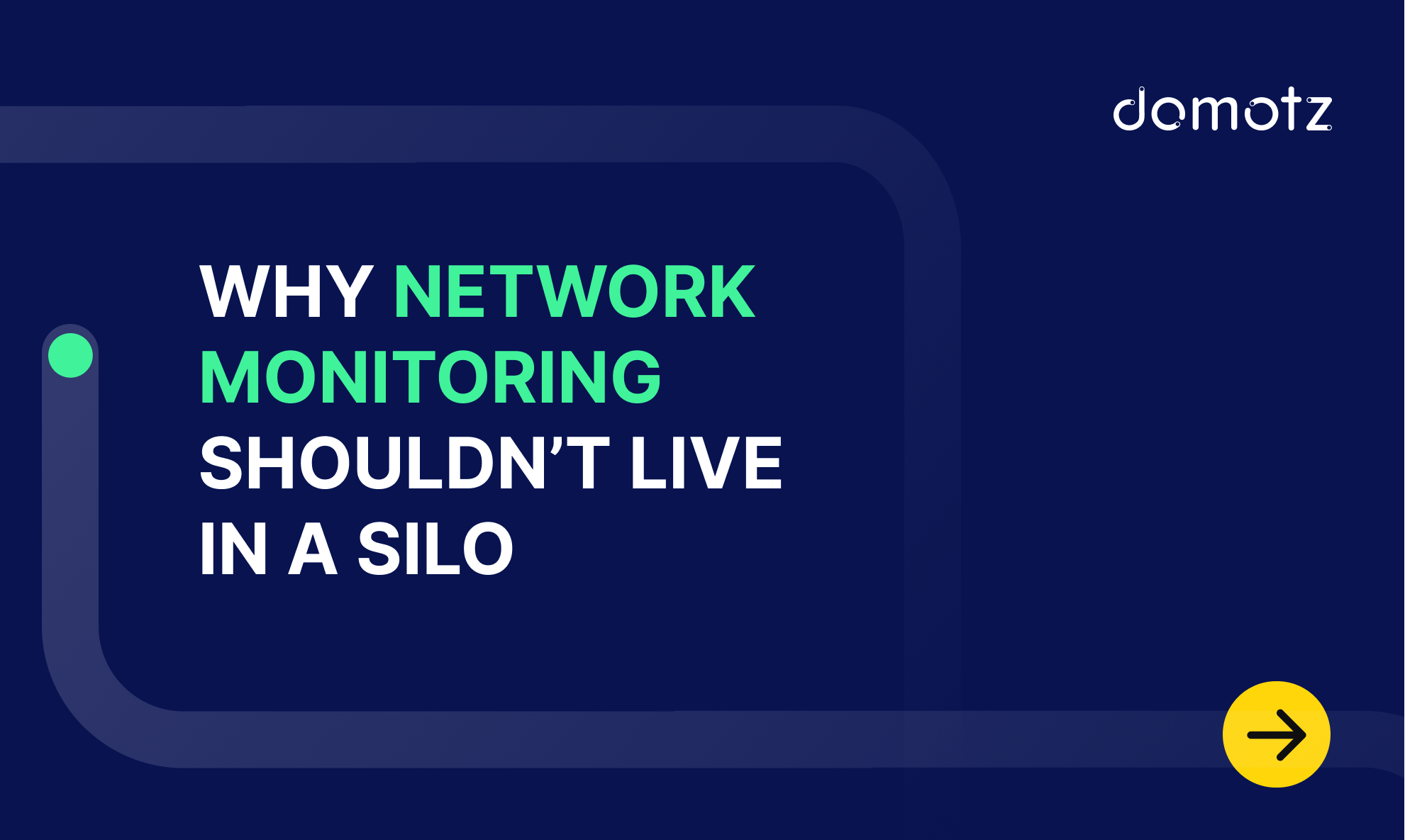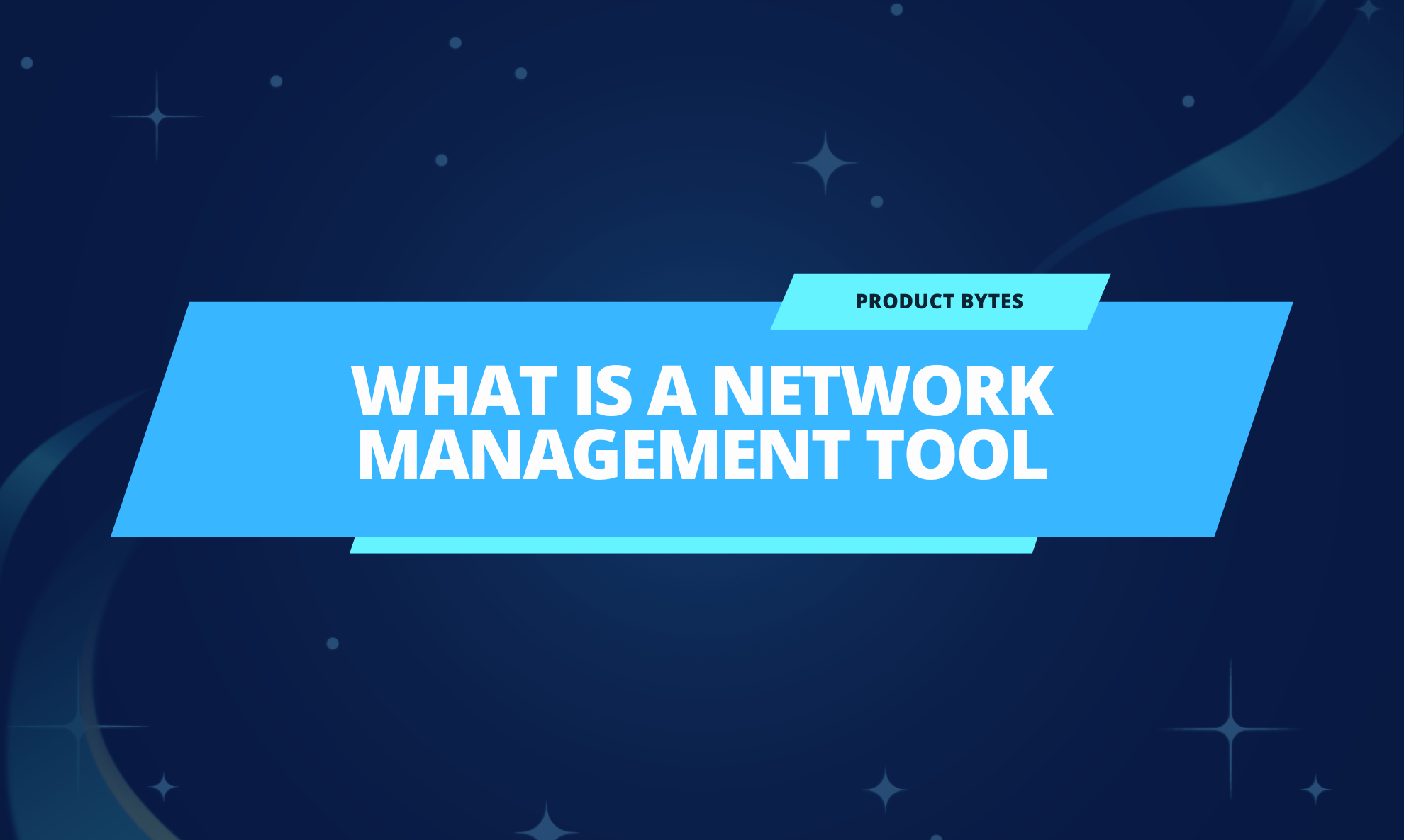No single aspect of a business is more important than having a reliable and well-performing website.
So, what makes a great website?
Well-structured, with beautifully designed content, and search engine friendly, are some of the most important things to consider when creating a website.
And that’s an excellent start for every business!
However, if you are a Managed Service Provider (MSP) or an IT professional, your task is to help your clients transform their online resources into high-performing websites. It’s not enough to have a website that’s easy to use. It needs to perform well. Otherwise, all that effort that your clients put into design and content development will be for nothing.
Summing up, if you are an MSP you can guarantee the quality of your client’s websites by relying on tools and processes for website content monitoring.
There are many ways to monitor a website’s content. Some popular website monitoring metrics include webpage performance monitoring or average webpage load time. In this article, you will learn what website content monitoring is, why it is so important and how to do it quickly and efficiently with the best tools.
What Is Website Content Monitoring?
Website content monitoring is performing regular checks to monitor the uptime, security, and performance of a website. It allows MSPs to check for issues with hosting certificates, plugins, or themes to inform their clients on time and troubleshoot.
Your clients can monitor their websites through manual checks and processes. But most of your clients will not have the time or skills to do this as it’s very tedious.
On the other hand, with a website monitoring tool in place, you can offer this service to your customers. Why Is Website Content Monitoring Important?
There are several reasons why website content monitoring is a great service to offer your customers. As an MSP, you are in an optimal position to set up processes to examine the website status to guarantee optimal function.
A good website has some key elements, such as valuable content designed for the right audience and accessible to the users quickly and securely.
Who Monitors Website Content?
Multiple teams can execute, examine, and manage website content monitoring.
However, we’ve written this article specifically for MSPs or IT departments.
If you’re an MSP, you may also track visitor analytics, or your client’s marketing team may cover that aspect.
However, for every aspect of website content monitoring, a tool can help gather relevant data and create actionable reports.
What Does Website Content Monitoring Include?
Website content monitoring includes:
- Monitor web performance: Spot issues with functionality, quality, speed, or outages. Check for any errors with plugins, themes, or the overall loading of your client’s web pages to increase website and web application availability.
- Track unusual behavior: Optimize the fast detection of security breaches or unauthorized access to uncover potential issues before your customers do. Prioritize security to protect your client’s content from hackers and ensure the website keeps data secure.
- Get insights: Execute regular reports and analyses to discover where to focus website optimization efforts.
This way, as an MSP, you can check for current problems and improve the websites you manage. Additionally, if something is wrong with a website you’re managing, you can inform your clients quickly, solve problems faster, and prevent issues from happening in the future.
Overall, website content monitoring can help your clients maintain a professional appearance online, and safeguard their website visitors against potentially harmful issues.
How to Implement Website Content Monitoring
Implementing effective website content monitoring involves a mix of tools, technologies, and strategies. From choosing the right monitoring tools to setting up alerts and establishing monitoring criteria, there are several steps to ensure comprehensive coverage of your website’s content.
Best Practices for Website Content Monitoring
Adopting best practices such as regular reviews, integrating monitoring tools with content management systems, and collaborating with content creators can significantly enhance the effectiveness of your content monitoring efforts.
#1 Decide What to Monitor
Spend time setting up the best website monitoring to streamline the critical processes to monitor. Here is a list of some of the most common types of website content monitoring metrics you can implement for your clients:
- Downtime: Tracking when a website is down can help you understand if hosting is adequate. If you host with a third party, they mostly promise 99% uptime – by monitoring, you can check if they are upholding their end of the deal.
- Security: Websites of any size and industry are targets for hackers. They could expose vulnerabilities on your website, leading them to steal sensitive data or hijack your website in exchange for a ransom. Perform regular security checks on your site and set up alerts to patrol for unauthorized changes.
- Performance: A poorly performing website is bad news for any business. It negatively affects search engine rankings and turns potential customers to look elsewhere. Monitoring site loading speed, broken links, or problematic plugins can help you transform a website into a lightweight and lightning-fast one.
- Analytics: Understanding how visitors access and interact with a website allows you to offer suggestions for improving it where needed. Check the number of visitors and sessions, how visitors found the website, how long they spent on each page, and the bounce rate to get a clearer picture of the website’s performance.
#2 Choose Your Website Content Monitoring Tools
Choose tools that offer comprehensive monitoring capabilities, including changes in text, images, links, and overall site functionality. Tools like Screaming Frog, SEMrush, and Google Analytics can provide a broad view of your site’s health and performance.
If you provide a website monitoring service to your clients, evaluate together what are the right processes to monitor. Furthermore, decide the tools you need to monitor based on your customers’ needs.
There are lots of tools out there that can help you monitor your website – from simple uptime monitoring to complex web performance solutions with intuitive features suitable for both beginners as well as advanced users.
As mentioned above, you can monitor some aspects of a website manually. Fortunately, most website content tools can run automatically and drastically simplify things for you.
Picking the right tool for the job can be difficult, considering many things. Different tools and platforms perform specific jobs, from free URL checkers to complex monitoring platforms for several websites and servers. While there are some excellent free website monitoring tools, we want to focus on the advanced tools that provide more support and reliability.
#3 Regularly Review and Update Content
Regularly reviewing and updating your website’s content is pivotal for maintaining its relevance, engaging your audience, and boosting SEO rankings. This process involves evaluating existing content for accuracy, timeliness, and alignment with your current marketing goals and user needs.
- Identify pages with outdated information, poor performance metrics (e.g., high bounce rates, low engagement), or content that no longer reflects your brand’s message or offerings.
- Utilize analytics tools to pinpoint which pieces of content are underperforming and gather insights on possible reasons. For instance, content that doesn’t satisfy user intent or fails to answer common queries can negatively impact your site’s relevance and authority. Updating such content to address current trends, incorporate new keywords, and improve comprehensiveness can significantly enhance user experience and search engine visibility.
- Additionally, consider adding new sections, updating statistics and references, and optimizing multimedia elements to make the content more engaging and valuable. Implementing internal links to newer, relevant pages can also improve SEO and guide users to more of your content, increasing their time spent on your site.
- It’s also crucial to review and refresh your content’s SEO elements, like meta titles and descriptions, to ensure they’re optimized for current best practices and keyword strategies. This not only helps in attracting more visitors from search engines but also improves click-through rates (CTR) from search engine results pages (SERPs).
By making regular content reviews and updates a part of your content strategy, you ensure that your website remains a dynamic resource that continues to attract, engage, and convert your target audience, while also signaling to search engines that your site is a relevant, up-to-date authority in your niche.
#4 Monitor SEO Performance
Monitoring SEO performance is crucial for understanding how well your website ranks on search engines and identifying areas for improvement.
To effectively monitor your SEO performance, start by performing some of these:
- Set up key performance indicators (KPIs) such as organic traffic, search engine rankings for your targeted keywords, bounce rate, and conversion rates from organic search. Tools like Google Analytics and Google Search Console are essential for tracking these metrics. Google Analytics provides insights into how users interact with your site, allowing you to see which pages perform best and where your traffic is coming from. Google Search Console, on the other hand, offers data on your site’s visibility on Google, including impressions, clicks, and the average position of your keywords.
- Regularly check your website’s backlink profile using tools like Ahrefs or Semrush. Quality backlinks from reputable sites can significantly boost your SEO performance. Additionally, monitor your website’s loading speed and mobile responsiveness, as these factors are crucial for ranking and user experience. Tools like Google’s PageSpeed Insights can provide actionable recommendations to improve your site’s speed.
- Finally, keep an eye on your competitors’ SEO strategies. Analyze their keyword usage, backlink strategy, and content marketing efforts. This can help you identify new opportunities and areas where you can improve your own SEO performance. Remember, SEO monitoring is an ongoing process that requires regular attention and adjustments to keep up with search engine algorithm updates and market changes.
By systematically tracking and analyzing these aspects, you can gain valuable insights into your website’s SEO performance and make informed decisions to enhance your visibility and ranking on search engines.
Keep an eye on your website’s SEO performance indicators, such as keyword rankings, backlink quality, and page loading speed. Tools like Google Search Console can help you track these metrics and identify areas for improvement.
#5 Ensure Compliance with Legal and Regulatory Standards
Regularly check your website to ensure it complies with relevant legal and regulatory standards, such as GDPR in Europe or CCPA in California. This includes monitoring for privacy policy updates, cookie consent management, and data protection measures.
#6 Use Optimizations
Here are further insights to enhance your website content monitoring efforts.
- Explore regularly page speed blockers: provide page speed analysis and monitor important transactions to avoid speed blockers.
- Implement updates and optimizations: often meet to discuss how to optimize content.
- Spend time setting up alerts and notifications: the sooner you know about a problem, the sooner you can fix it or inform your clients.
- Focus on key pages: Don’t waste time fixing everything at once. Focus on the core key pages of the websites you monitor to make them perform better.
- Automate reporting: Automate data workflow to provide relevant information and regular reports for your customers.
- Build comprehensive dashboards: Make data easily accessible and present it in beautifully designed dashboards.
How to Use Domotz for Website Content Monitoring?
For example, Domotz network monitoring software provides website performance monitoring for any content on the website and web pages using the HTTPS Monitoring feature. This functionality allows generic HTTP-based monitoring for the content of chosen pages. This way, Domotz helps you manage and ensure the best possible performance.
In other words, Domotz can inspect specific HTTP and HTTPS-based pages for content changes on multiple websites. This way, you don’t need to rely on several tools to monitor the performance of multiple websites or web pages. Domotz provides a customizable driver, which allows you to extract information from single or multiple pages. This way, when you customize the driver to gather specific data, you visualize this data within the Domotz dashboard.
Here are four advantages of Domotz HTTP Monitoring:
- Monitor generic content of a web page
- Verify the returned code from HTTP-based calls
- Extract relevant information from a specific URL
- Measure the response time for the execution of the HTTP-based call
Let’s use an example to visualize this.
A very important page is not working: For example, a check-out page where customers pay. How many times have you tried to pay for something but just can’t? It’s just not working…
Think of how much revenue a business could be losing because of this.
With website content monitoring, making sure that page is working is very important for that business.
To summarize, website content monitoring is crucial in analyzing website security and performance. Gathering this data can improve the user experience and help your clients hit their business goals.
As a result, choosing the right website content monitoring software will help you safeguard customers’ efforts and make them have their websites on top of the search engine platforms.
Conclusion
Website content monitoring is a vital practice for maintaining the health, security, and relevance of your website. By understanding its importance and implementing strategic monitoring practices, you can ensure your site remains a trusted, valuable resource for your audience.
Further reading:



